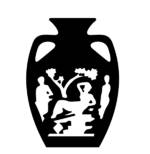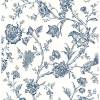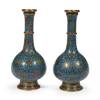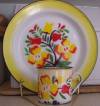Calculating Antique Investment Returns:
- Appreciation Value: Antique investment returns are primarily derived from the appreciation in the value of the antique over time. By tracking the increase in market value, investors can calculate the return on their investment.
- Holding Period: The duration for which an investor holds an antique can impact the overall return. Longer holding periods often result in higher returns as the antique has more time to appreciate in value.
- Acquisition and Selling Costs: It's important to consider any acquisition costs, restoration expenses, and selling fees when calculating the net return on an antique investment.
Factors Influencing Antique Investment Performance:
- Rarity and Desirability: The rarity and desirability of an antique significantly impact its investment performance. Antiques that are in high demand and limited supply tend to command higher prices and deliver better returns.
- Condition and Authenticity: The condition and authenticity of an antique play a crucial role in determining its value. Well-preserved, original pieces typically fetch higher prices and generate better returns.
- Market Trends: Antique investment performance is also influenced by broader market trends, collector preferences, and economic conditions. Staying informed about market dynamics is essential for making informed investment decisions.
Examples of Successful Antique Investments:
- Fine Art: Masterpieces by renowned artists such as Picasso, Monet, or Warhol have consistently delivered impressive returns for investors who acquire these artworks at the right time.
- Antique Furniture: Exceptional pieces of antique furniture from periods like the Renaissance or the Art Deco era have shown strong performance in the market, attracting collectors and investors alike.
- Rare Collectibles: Limited-edition collectibles, such as vintage watches, rare coins, or historical memorabilia, have proven to be lucrative investments for those with a keen eye for unique pieces.
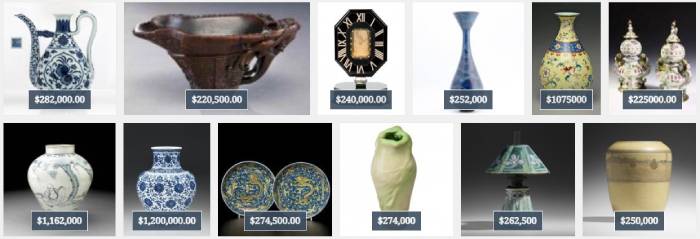
Tracking and Evaluating Antique Investment Returns:
- Appraisal Services: Utilizing professional appraisal services can help investors accurately assess the value of their antique investments and track their performance over time.
- Market Research: Conducting thorough market research and staying updated on auction results, collector trends, and price indices can provide valuable insights into the performance of antique investments.
- Portfolio Analysis: Integrating antique investments into a comprehensive portfolio analysis allows investors to evaluate the contribution of antiques to overall portfolio performance and make informed decisions about asset allocation.
Understanding how antique investment returns are calculated, recognizing influencing factors, exploring successful examples, and gaining insights on tracking and evaluating returns are crucial in measuring success in antique investing. By utilizing this knowledge, staying updated on market trends and valuation methods, investors can make informed decisions, optimize strategies, and potentially achieve attractive returns in this captivating asset class. Embracing antique investments combines historical appreciation with financial opportunity, offering a diverse portfolio option and exploring the enduring appeal of antiques as valuable investment assets.
Discover the power of UpAntique, a platform offering priceless historical auction data to a diverse audience. From appraisers and valuers to collectors and enthusiasts, auction houses and dealers, insurance companies and loss adjusters, researchers and historians, legal professionals, and educational institutions, UpAntique provides invaluable insights to elevate your understanding and appreciation of antiques.


